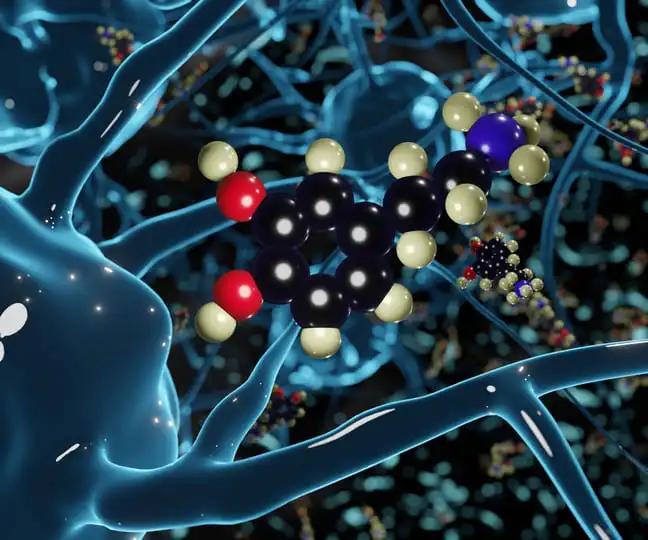KEY TAKEAWAYS
- The study aimed to investigate the efficacy of class I histone deacetylase inhibitors (HDACi) as a potential novel treatment approach.
- Researchers noticed a promising therapeutic avenue in the combination of class I HDACi and BCL-XL inhibitors for effectively targeting MYC-amplified MB cells.
Patients with MYC-amplified Group 3 medulloblastoma (MB) (subtype II) exhibit dismal progression-free survival rates. Notably, Class I histone deacetylase inhibitors (HDACi) have demonstrated significant efficacy in both in vitro and in vivo models for treating MYC-amplified MB.
The pressing need for innovative therapeutic strategies in this high-risk disease prompts exploration into drug combination regimens, particularly those involving class I HDACi, as a potential novel approach.
Johanna Vollmer and her team aimed to assess the viability of a combination therapy involving class I HDACi and BCL-XL inhibitors for treating MYC-amplified MB cells.
They performed an inclusive analysis using a medium-throughput in vitro combination drug screen across three MYC-amplified and one non-MYC-amplified MB cell line. The screening involved testing 75 clinically relevant drugs both alone and in combination with entinostat. The drug sensitivity score (DSS) was calculated based on metabolic inhibition, quantified by CellTiter-Glo.
The top six synergistic combination hits were further evaluated using a 5 × 5 combination matrix and a seven-ray design. Validation and characterization of synergy were conducted through cell counts, caspase-3-like-activity, and poly-(ADP-ribose)-polymerase-(PARP)-cleavage.
To affirm the on-target activity of the drugs, immunoprecipitation, and western blot techniques were employed. BCL-XL dependency of the observed effect was explored through siRNA-mediated knockdown of BCL2L1 and selective inhibition using targeted compounds (A-1331852, A-1155463).
Out of the 75 drugs tested in combination with entinostat, 20 exhibited a notable reduction in metabolic activity (DSS ≥ 10) across all three MYC-amplified cell lines. The combination of entinostat and navitoclax demonstrated the most potent synergistic interaction consistently observed in all MYC-amplified cell lines.
BCL-XL dependency of this observed effect was confirmed through siRNA-mediated knockdown of BCL2L1. The association between increased cell death and elevated caspase-3-like-activity was established, indicating a correlation between the observed synergistic effect and enhanced apoptotic activity.
The study concluded that the combination of class I HDACi, and BCL-XL inhibitors represent a promising and novel therapeutic approach for effectively targeting MYC-amplified MB cells.
The study is sponsored by The German National Academic Foundation
Source: https://link.springer.com/article/10.1007/s11060-023-04526-w#Abs1
Zeuner, S., Vollmer, J., Sigaud, R. et al. Combination drug screen identifies synergistic drug interaction of BCL-XL and class I histone deacetylase inhibitors in MYC-amplified medulloblastoma cells. J Neurooncol 166, 99–112 (2024). https://doi.org/10.1007/s11060-023-04526-w



